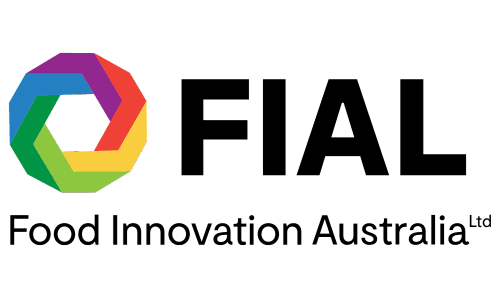Capturing the Prize: the A$200 billion opportunity for Australia's food and agribusiness sector/ Food Security and Sustainability / Sustainable inputs
Targeted use of biological pesticides, herbicides and fungicides; and organic and microbial fertilisers to facilitate economic, environmental and social sustainability outcomes.
Beechworth Honey has created a unique honey range, ‘Bee Cause’, with each jar representing an iconic Australian landscape. Each is produced according to the unique Australian Eucalypts and flora that grow in each distinct Australian landscape – from light coastal honey with caramel notes, to the stronger flavoured honey produced in the mountains. By partnering with ‘1% for the Planet’, every jar sold helps fund not-for-profit partners that support the environment, bees and biodiversity.
The honeybee’s critical role in pollinating agricultural crops and providing fresh fruit and vegetables, nuts, and seeds is not well known among the Australian public. ‘Bee Cause’ was created to change that by shining a spotlight on the plight of bees, as climate changes and ecosystems and bee habitats are threatened.
Beechworth Honey has enjoyed new business growth from this range while promoting bee health and beekeeper sustainability.
Collaboration with others was key to their success. Beechworth is a member of Food & Fibre Gippsland, a FIAL- supported Cluster. Through its networks, Beechworth was able to broker assistance to take their ideas through to finished product. They also undertook consumer testing and engaged with beekeepers – both critical to the development of a successful product.
This type of blended honey is a more sustainable way to create speciality honey. Usually, honey originates from one tree variety, but seasonal variations can lower production. This way, supply is more secure so consumers can have the product when they want it while connecting those more socially aware Australians with food provenance. Beekeepers have a more secure income, as do Beechworth. Social sustainability, environmental and economic outcomes have all been achieved.
This case study is from FIAL's 2022 edition of Celebrating Australian Food and Agribusiness Innovations 2022



